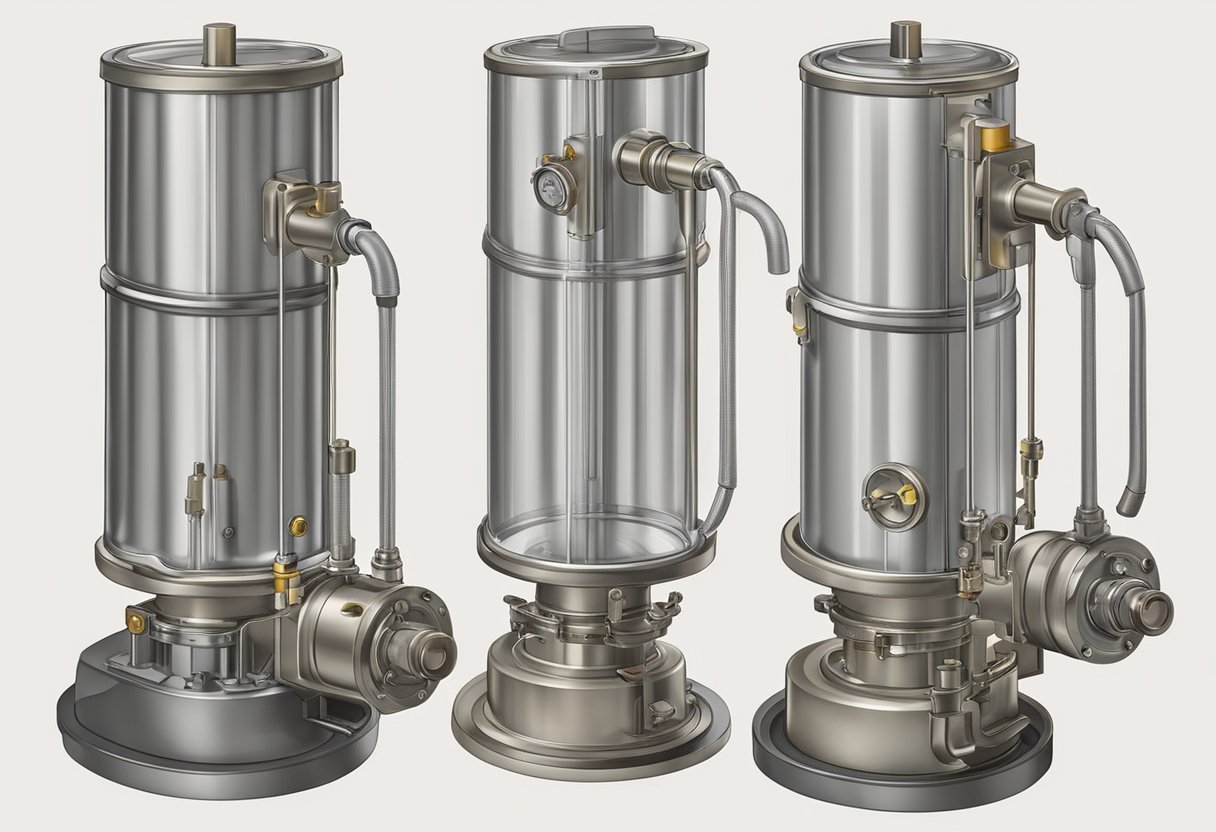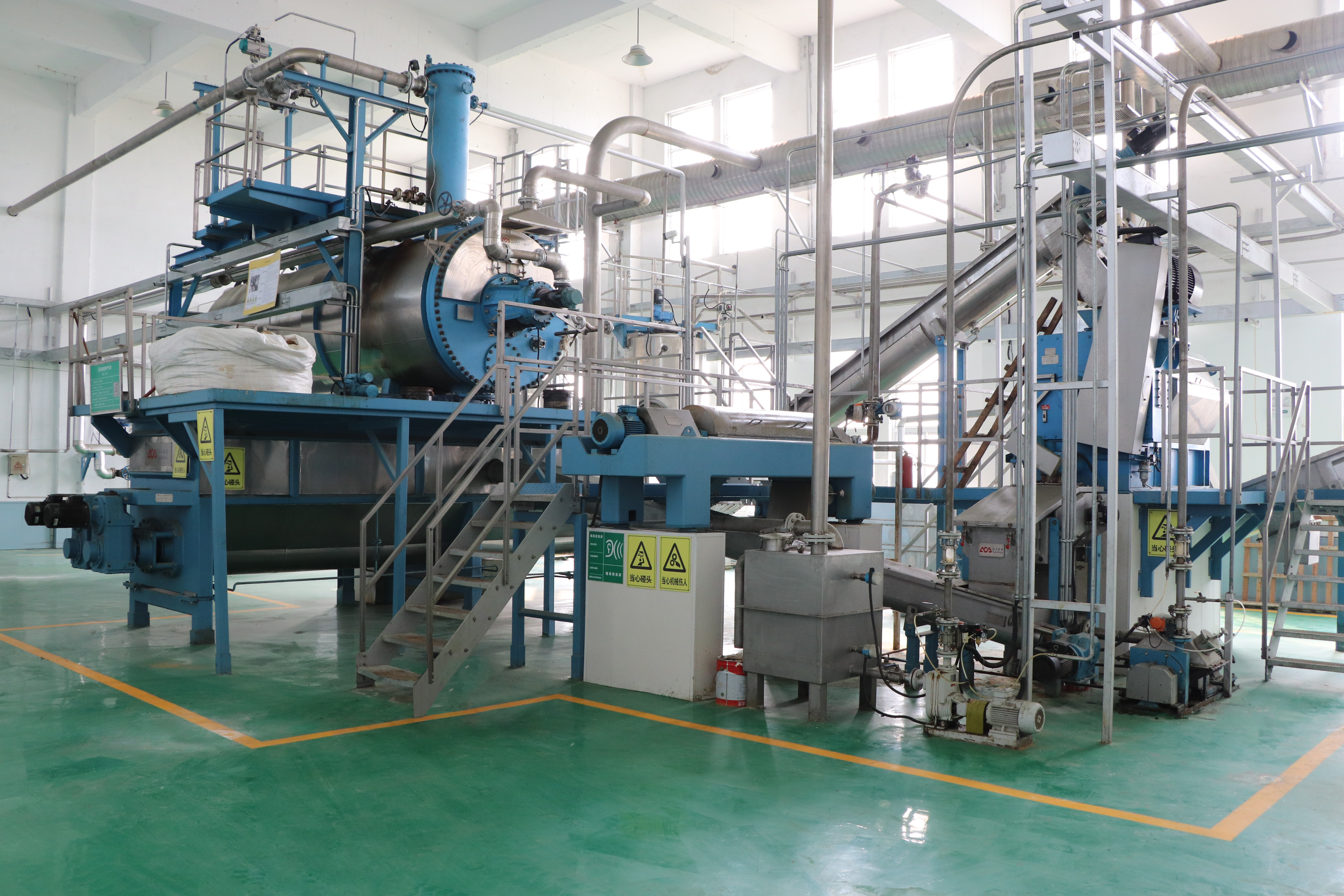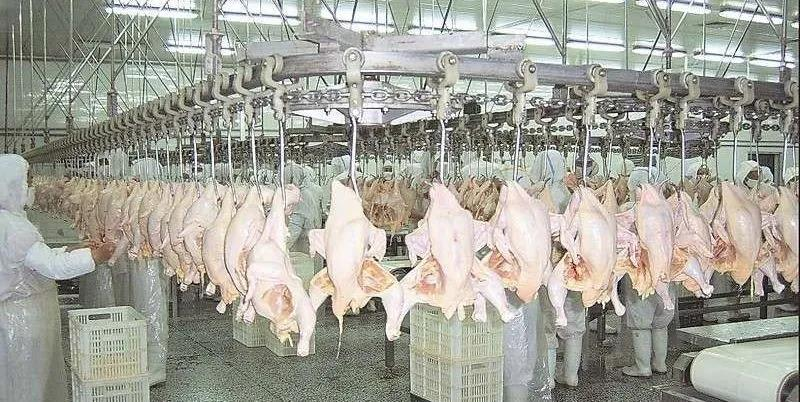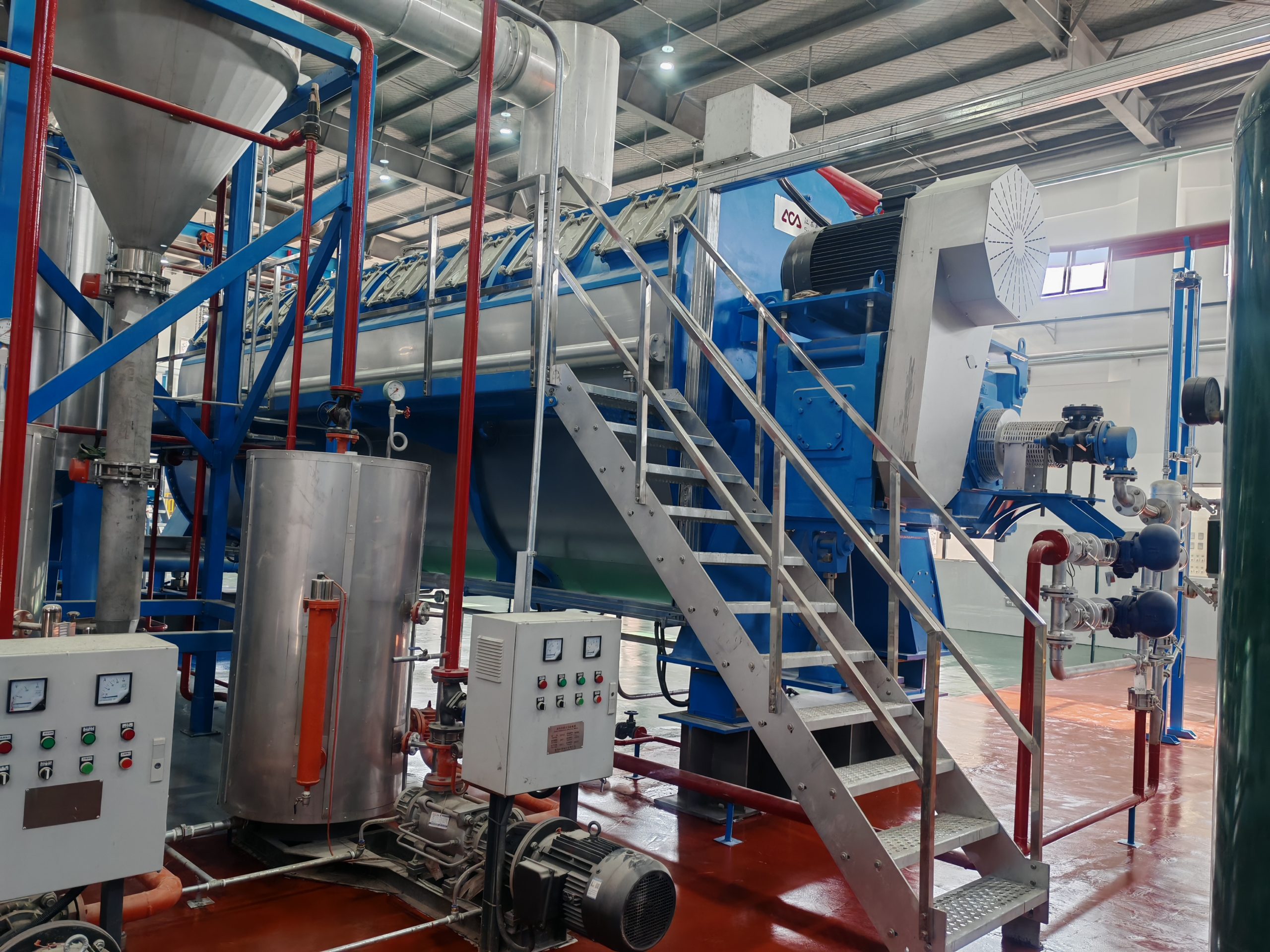
Tallow Pump: Everything You Need to Know
Tallow Pump: Everything You Need to Know
Tallow pumps are an essential component in the rendering industry, where they are used to transfer animal fats and oils from storage tanks to processing machinery. The pumps are designed to handle viscous fluids with high solids content, making them ideal for the transfer of tallow, grease, and other animal by-products.

Tallow pumps come in various sizes and designs, depending on the specific application and the volume of material being transferred. They are typically made of stainless steel or other corrosion-resistant materials to withstand the harsh conditions of the rendering process. Some pumps are designed for continuous operation, while others are used for batch processing.
Tallow pumps play a critical role in the rendering industry, where they help to maximize efficiency and reduce waste. By transferring animal fats and oils from storage tanks to processing machinery, these pumps ensure that every part of the animal is utilized, minimizing the environmental impact of the rendering process.
Tallow Pump Basics

Definition
A tallow pump is a type of pump used to transfer tallow, a rendered form of beef or mutton fat, from one container to another. The pump is designed to handle the high viscosity and temperature of tallow, which can make it difficult to transfer using other types of pumps.
Historical Development
Tallow pumps have been used for centuries, with early designs consisting of simple hand-operated pumps made from wood or metal. Over time, the design of tallow pumps has evolved to include more complex mechanical pumps that are powered by electricity or other energy sources.
Types of Tallow Pumps
There are several types of tallow pumps available on the market, each designed for specific applications. Some common types of tallow pumps include:
- Diaphragm pumps: These pumps use a flexible diaphragm to transfer tallow between containers. They are generally more compact and portable than other types of pumps, but may not be suitable for high-volume applications.
- Gear pumps: Gear pumps use interlocking gears to transfer tallow. They are known for their high efficiency and ability to handle high volumes of tallow, but may be more expensive than other types of pumps.
- Piston pumps: Piston pumps use a reciprocating piston to transfer tallow. They are known for their high accuracy and ability to handle high pressures, but may require more maintenance than other types of pumps.
Overall, tallow pumps are an essential tool for any facility that processes beef or mutton fat. By choosing the right type of pump for their needs, operators can ensure that tallow is transferred safely and efficiently between containers.
Design and Functionality

Components
The tallow pump is a mechanical device that consists of several key components, including a motor, a pump head, and a suction tube. The motor powers the pump head, which is responsible for creating suction and pumping the tallow through the suction tube and into the desired location. The pump head is typically made of durable materials such as stainless steel to withstand the harsh conditions of the tallow pumping process.
Operating Principles
The tallow pump operates on a simple principle of suction and discharge. The suction tube is placed into the tallow, and the pump head creates a vacuum that draws the tallow into the pump. Once the tallow is inside the pump, the pump head creates pressure that forces the tallow through the discharge outlet and into the desired location. The speed and flow rate of the tallow pump can be adjusted to meet the specific needs of the user.
The tallow pump is an essential tool in many industries, including food processing, soap making, and candle making. Its simple yet effective design allows for efficient and reliable tallow pumping, making it a valuable asset to any production process.
Manufacturing Processes

The manufacturing of tallow pumps involves several processes that ensure the production of high-quality pumps.
Firstly, the raw materials, which include cast iron, steel, and bronze, are inspected for quality and suitability. Any material that does not meet the required standards is rejected to ensure that the final product is of the desired quality.
Next, the raw materials are molded and cast into the desired shapes and sizes using specialized equipment. The molds are carefully designed to ensure that the pumps produced are of the correct specifications.
After the molding process, the pumps are subjected to a series of machining processes to ensure that they meet the required tolerances and dimensions. This involves the use of precision equipment such as lathes and milling machines.
Finally, the pumps are assembled and tested to ensure that they meet the required performance standards. This involves the use of specialized testing equipment to measure the flow rate, pressure, and efficiency of the pumps.
Throughout the manufacturing process, strict quality control measures are employed to ensure that the pumps produced are of the highest quality. This includes regular inspections and testing to ensure that the pumps meet the required standards for performance and durability.
Materials and Specifications
The tallow pump is a critical component of the meat processing industry. It is used to transfer hot tallow from the rendering process to storage tanks, where it is then cooled and used for various applications.
The pump is typically made of stainless steel, which is resistant to corrosion and can withstand high temperatures. The impeller and casing are also made of stainless steel, with the impeller designed to handle tallow with high viscosity.
The tallow pump is available in different sizes, ranging from 1 inch to 4 inches in diameter. The size of the pump is determined by the volume of tallow that needs to be transferred and the distance it needs to travel.
The pump is designed to operate at a maximum temperature of 400°F (204°C) and a maximum pressure of 150 psi (10.3 bar). It is equipped with a mechanical seal to prevent leakage and ensure safe operation.
In addition, the tallow pump is designed for easy maintenance, with a simple and robust construction that allows for quick disassembly and reassembly. Regular maintenance includes greasing the bearings, checking the impeller for wear, and inspecting the mechanical seal for leaks.
Overall, the tallow pump is a reliable and efficient solution for transferring hot tallow in the meat processing industry. Its durable construction, high-temperature capability, and easy maintenance make it an essential component in any rendering operation.
Installation and Setup
Site Preparation
Before installing the tallow pump, it is important to prepare the site properly. This includes ensuring that the area is clean and free of debris, and that it is level and stable. The site should also be easily accessible to allow for easy installation and maintenance.
Assembly Instructions
To assemble the tallow pump, follow these instructions:
- Begin by unpacking all of the components and checking that everything is included and in good condition.
- Install the base plate onto the foundation, ensuring that it is level and securely bolted down.
- Attach the motor to the base plate, making sure that it is properly aligned and securely fastened.
- Install the pump onto the motor, ensuring that it is properly aligned and securely fastened.
- Connect the piping and electrical connections according to the manufacturer’s instructions.
- Test the pump to ensure that it is functioning properly.
It is important to carefully follow all instructions provided by the manufacturer to ensure proper installation and operation of the tallow pump.
Operation and Control
User Interface
The Tallow Pump boasts a user-friendly interface that is easy to navigate. The control panel is equipped with push buttons and an LCD display that shows the current operating status of the pump. The user interface allows the operator to adjust the pump’s speed and flow rate, as well as monitor the temperature and pressure of the tallow being pumped.
The LCD display provides real-time feedback on the pump’s performance, allowing the operator to quickly identify any issues that may arise during operation. The user interface also includes an emergency stop button that immediately shuts down the pump in case of an emergency.
Performance Monitoring
The Tallow Pump is designed to operate at peak performance with minimal maintenance. The pump’s performance can be monitored using various metrics, such as flow rate, pressure, and temperature.
The pump’s performance can be optimized by adjusting the speed and flow rate to match the specific requirements of the application. By monitoring the performance of the pump, operators can identify any potential issues and take corrective action before they become major problems.
Overall, the Tallow Pump’s operation and control system is designed to provide reliable and efficient performance. The user-friendly interface and performance monitoring capabilities make it easy to operate and maintain, ensuring that the pump operates at peak performance for years to come.
Maintenance and Troubleshooting
Routine Maintenance
To keep a tallow pump running smoothly and efficiently, it is important to perform routine maintenance. This includes checking oil levels and changing the oil as needed, inspecting the pump for any signs of wear or damage, and cleaning the pump regularly.
It is recommended to check the oil level in the pump every 40 hours of use or once a week, whichever comes first. If the oil level is low, add more oil to the pump. It is also important to change the oil every 500 hours of use or once every three months, whichever comes first.
Inspecting the pump for signs of wear or damage should be done regularly. Check for any leaks, cracks, or other damage to the pump body, hoses, and fittings. If any damage is found, it should be repaired immediately to prevent further damage to the pump.
Cleaning the pump should be done regularly as well. Use a soft cloth to wipe down the pump body and hoses, and use a brush to remove any debris or buildup.
Common Issues and Solutions
Despite routine maintenance, tallow pumps may still experience issues. Here are some common issues and solutions:
- Pump won’t start: Check that the power source is connected and turned on. If the power source is working, check the pump’s fuse or circuit breaker. If the fuse is blown or the circuit breaker is tripped, replace or reset it.
- Pump is making unusual noises: Check for any loose or damaged parts, such as hoses or fittings. Tighten or replace any loose or damaged parts as needed.
- Pump is leaking: Check for any leaks in the hoses or fittings. Tighten or replace any loose or damaged parts as needed.
- Pump is not pumping at the expected rate: Check that the pump is properly primed and that the suction line is not clogged. If the pump is still not pumping at the expected rate, check for any leaks or damage to the pump body, hoses, or fittings.
By performing routine maintenance and addressing common issues promptly, a tallow pump can provide reliable and efficient service for years to come.
Categories
Recent Posts
-

Batch Cooker, Meat and Bone Meal Production Equipment, Environmentally Friendly and Highly Efficient Equipment, Chemical Skimming Equipment, Meat and Bone Meal Processing
29 11 月, 2024 -

Slaughter Waste Rendering Plant Disposal Methods: New Ideas for Win-Win Environmental Protection and Benefits
28 11 月, 2024 -

Rendering plant of meat and bone meal production equipment: creating an environmentally friendly and efficient solution for the farming industry
22 11 月, 2024
